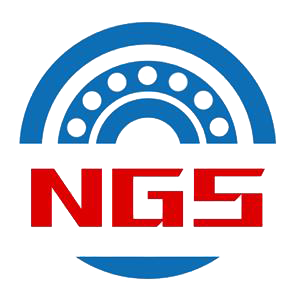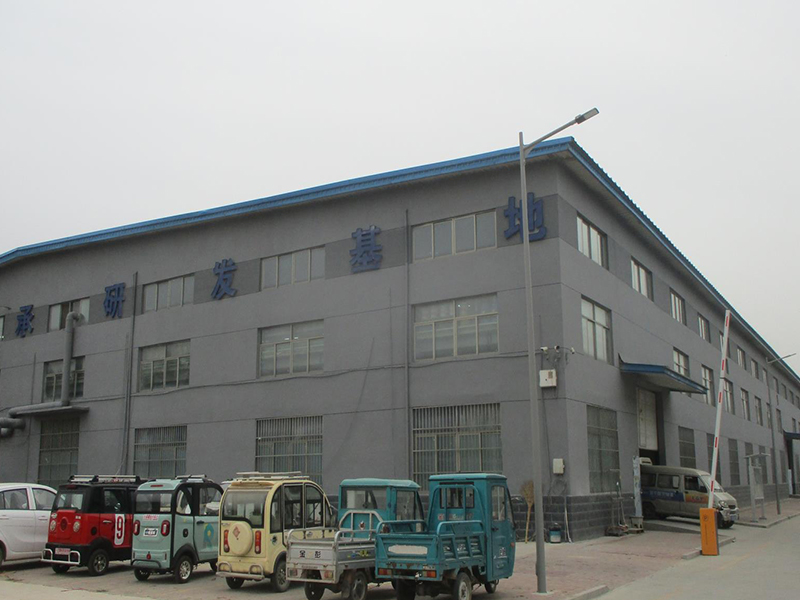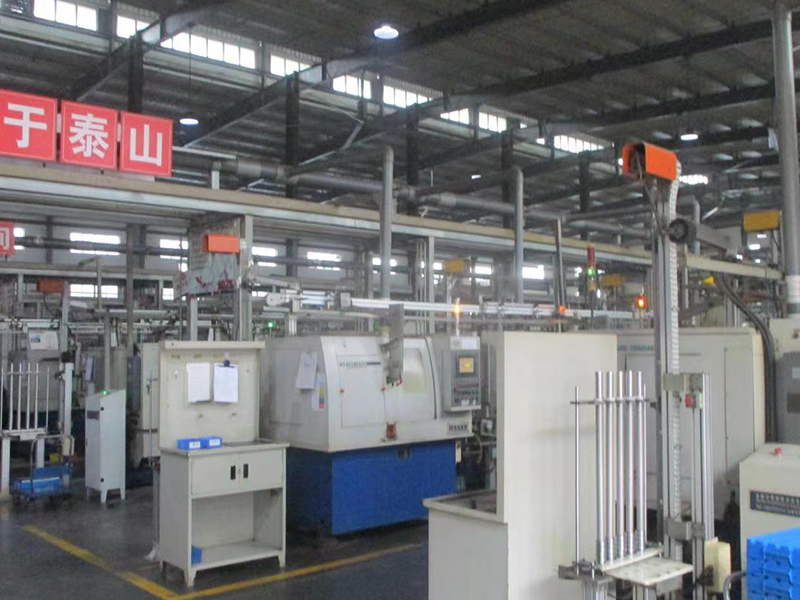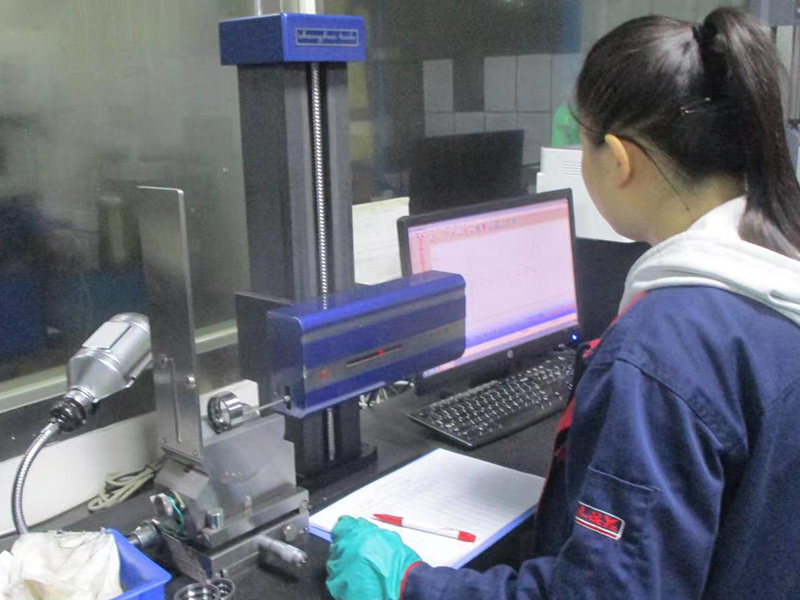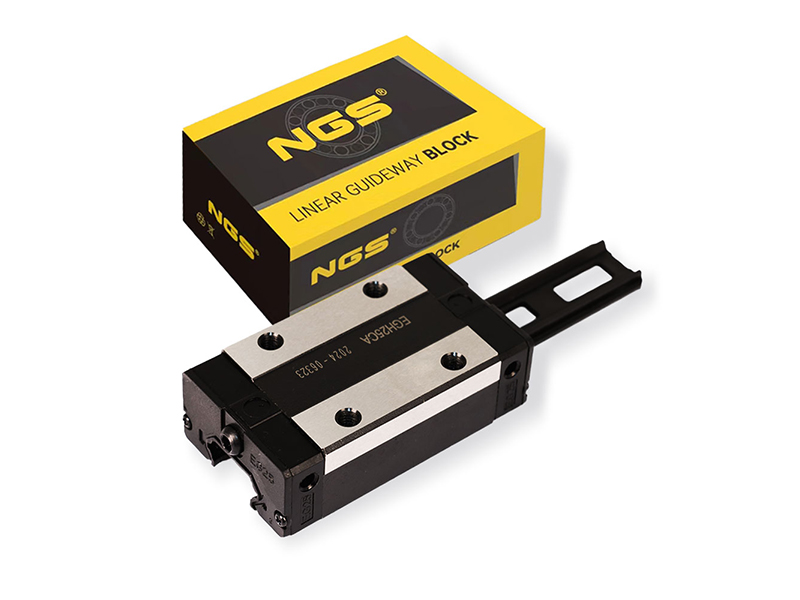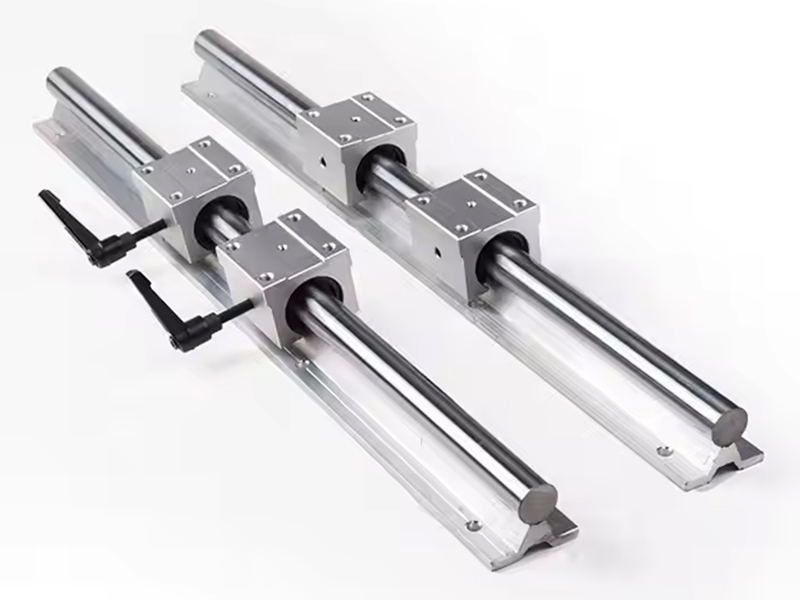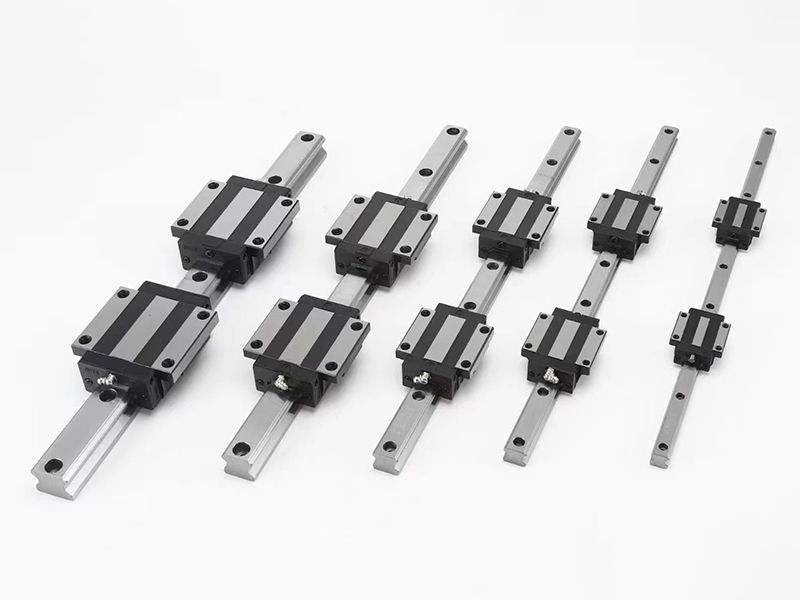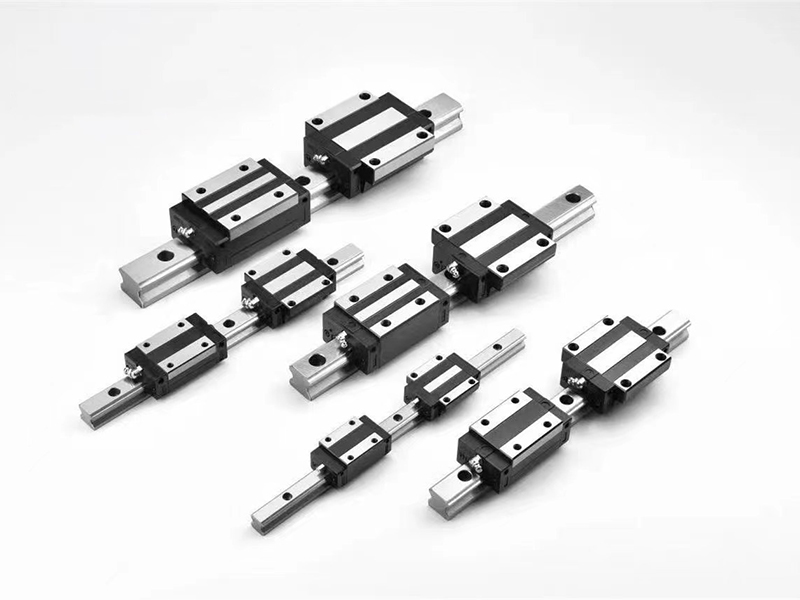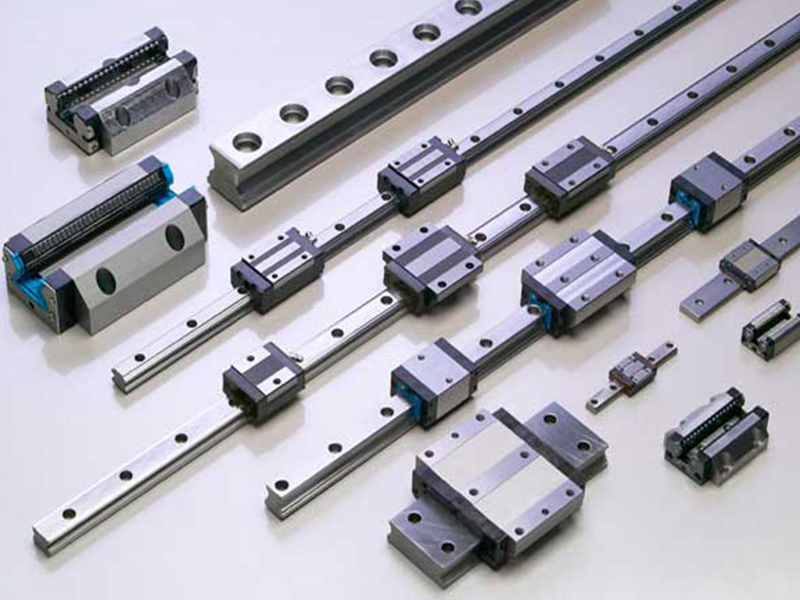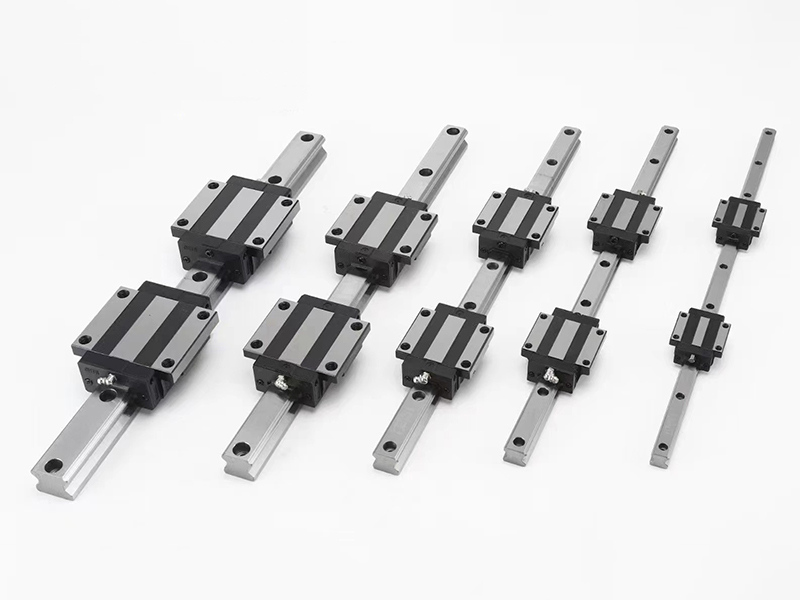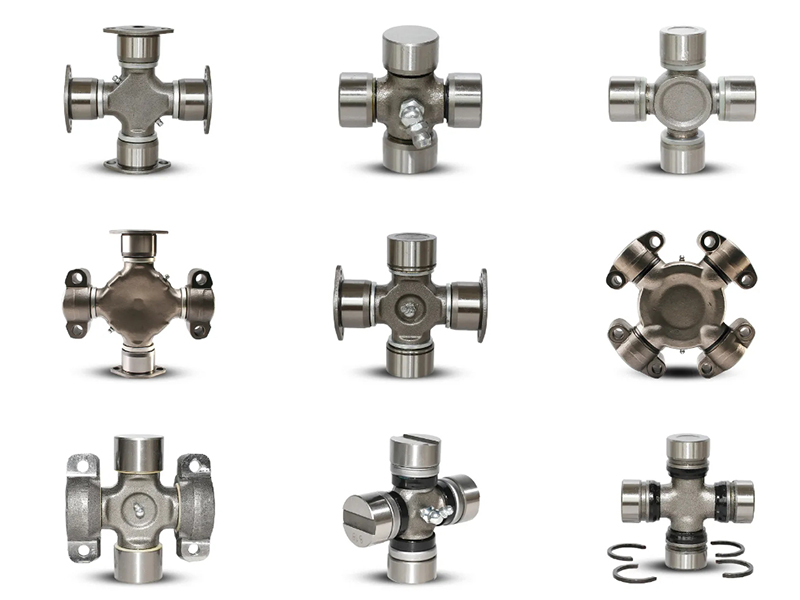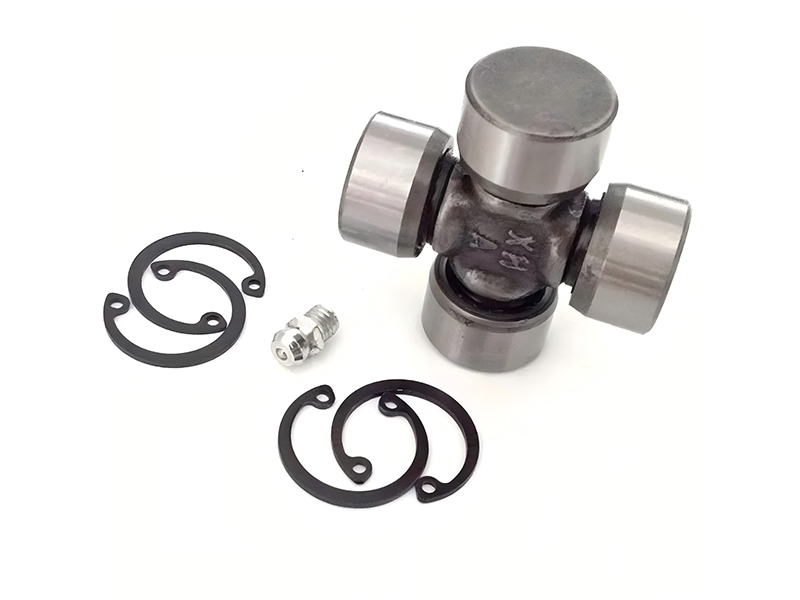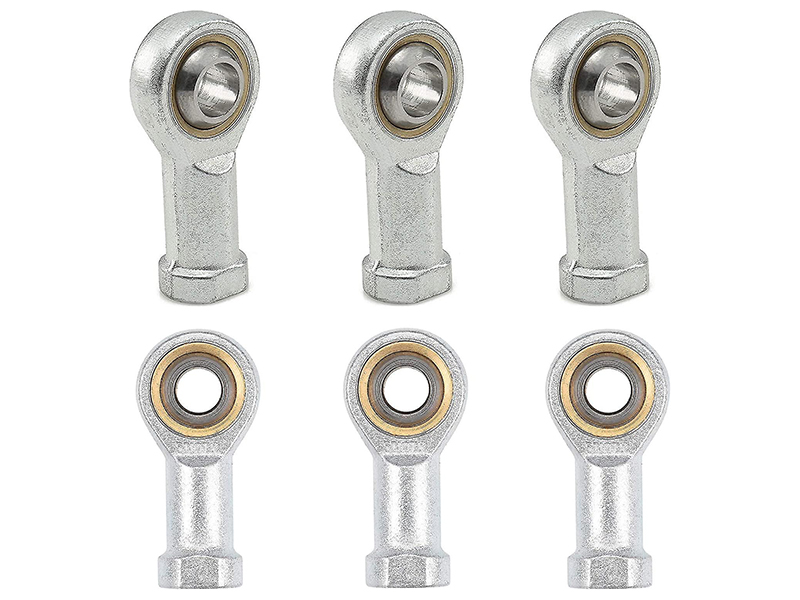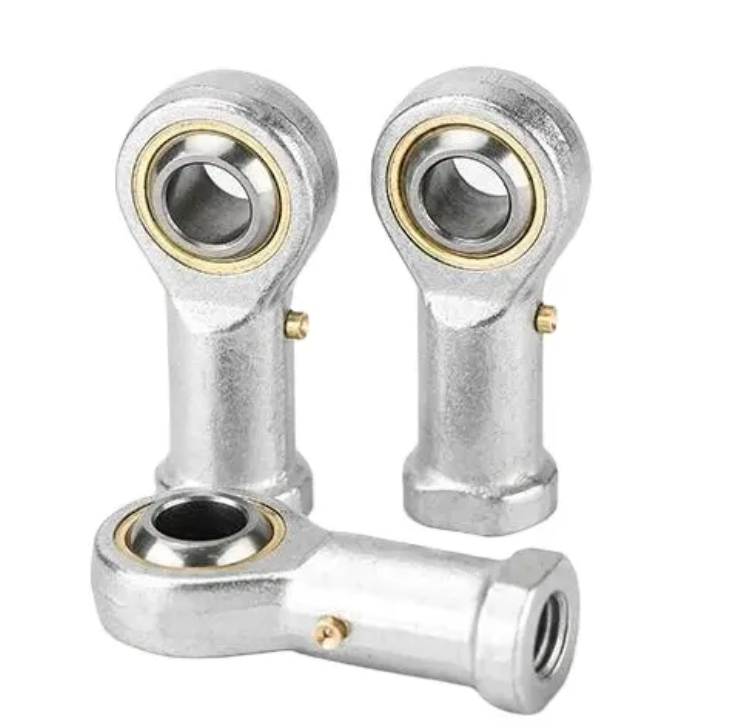Aerospace and Defense Bearings: Lightweight and Durable Solutions
1. Introduction: The Critical Role of Bearings in Aerospace & Defense
Aerospace and defense applications demand bearings that can withstand:
✔ Extreme temperatures (-65°C to +300°C)
✔ High speeds (up to 3 million DN for jet engines)
✔ Corrosive environments (saltwater, hydraulic fluids)
✔ Heavy loads with minimal weight
Key Applications:
Jet engines (turbine shafts, fan blades)
Landing gear systems
Flight control actuators
Missile guidance systems
UAV (drone) propulsion
2. Material Innovations for Lightweight & Durability
✔ Advanced Alloys & Composites
| Material | Benefits | Applications |
|---|---|---|
| Hybrid Ceramic Bearings (Si3N4 balls + steel races) | 40% lighter, higher speed capability | Jet engine main shafts |
| Titanium Alloys | High strength-to-weight ratio, corrosion-resistant | Landing gear, rotor systems |
| PEEK & PTFE Liners | Self-lubricating, low friction | Flight control actuators |
| M50NiL Steel | Ultra-high fatigue resistance | Helicopter transmissions |
✔ Coatings for Extreme Conditions
DLC (Diamond-Like Carbon) → Reduces friction in vacuum (space applications).
AlCrN (Aluminum Chromium Nitride) → Protects against oxidation at 800°C+.
3. Cutting-Edge Bearing Designs for Aerospace
🔷 Jet Engine Bearings
Tapered roller bearings for turbine shafts (handling axial + radial loads).
Squeeze film dampers to reduce vibration in turbofans.
🔷 Landing Gear Bearings
Large-diameter spherical rollers for shock absorption.
Corrosion-resistant seals for naval aircraft.
🔷 Smart Bearings with Embedded Sensors
IoT-enabled strain gauges for real-time load monitoring.
SKF’s Insight bearings predict maintenance needs in F-35 systems.
4. Industry Leaders & Military Certifications
| Manufacturer | Key Products | Certifications |
|---|---|---|
| Schaeffler | Aerospace tapered rollers | AS9100, NADCAP |
| SKF | Jet engine main shaft bearings | MIL-SPEC, FAA-approved |
| RBC Bearings | Helicopter rotor head bearings | ITAR, ISO 9001:2015 |
| NTN Corporation | UAV precision ball bearings | JISQ 9100 (Japan) |
5. Challenges & Future Trends
🛠️ Current Challenges
Cost vs. performance trade-offs for next-gen materials.
Supply chain bottlenecks for specialty alloys (e.g., cobalt in M50 steel).
Counterfeit bearings in defense procurement.
🚀 Future Innovations (2025-2030)
Additive-manufactured bearings (3D-printed lattice structures for weight savings).
Hydrogen-compatible bearings for zero-emission aircraft.
Magnetic bearings for oil-free jet engines (More Electric Aircraft initiative).
6. How to Select Aerospace Bearings
Define Load & Speed Requirements (e.g., 50,000 rpm in a turboprop).
Choose Material (ceramic for weight, steel for durability).
Verify Certifications (AS9100, MIL-PRF-83438).
Consider Maintenance Needs (sealed vs. lubricated).
7. Conclusion: The Future of Flight Depends on Bearings
From hypersonic missiles to electric VTOL aircraft, advancements in bearing technology are enabling breakthroughs in aerospace and defense. The industry’s focus remains on:
✅ Lighter materials to improve fuel efficiency.
✅ Longer service life to reduce maintenance downtime.
✅ Smarter bearings for predictive maintenance.
Key Takeaway: The shift toward More Electric Aircraft (MEA) and UAVs will drive demand for specialized bearings through 2030.
